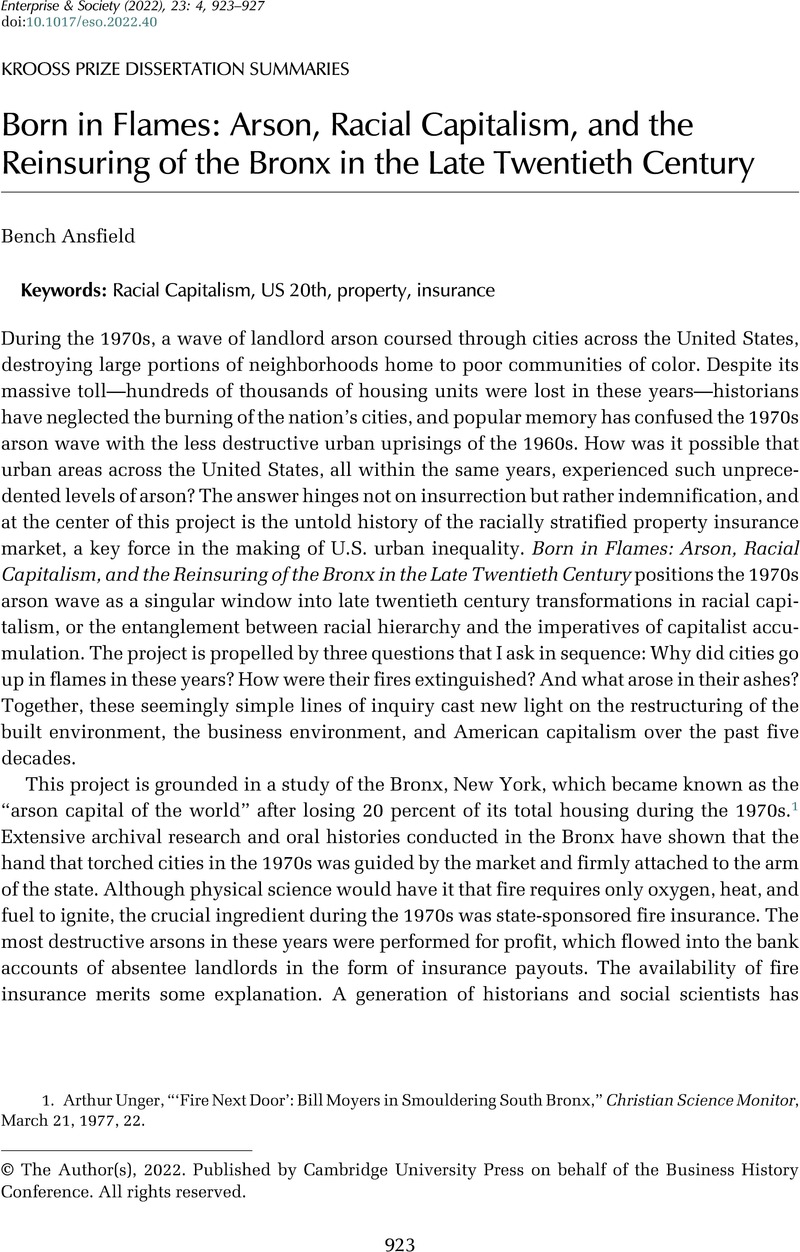Crossref Citations
This article has been cited by the following publications. This list is generated based on data provided by Crossref.
Petrossiants, Andreas
2025.
Tenant Composition: Class Struggle from the Point of View of the Home.
Antipode,
Vol. 57,
Issue. 5,
p.
1977.
Lteif, Diala
2025.
The Conditions of the Working Class in 1960s Beirut: Fire and Everyday Struggles in Karantina.
Antipode,
Vol. 57,
Issue. 3,
p.
1041.



